Let’s face it—groceries aren’t getting any cheaper, and your pantry might be silently draining your bank account more than you realize. Between forgotten cans of beans, overpriced brand names, and last-minute store runs for items you already own, the average household wastes hundreds each year without even knowing it. But here’s the good news: your pantry holds the power to change that.
With a few strategic tweaks, you can turn your kitchen into a money-saving machine—without sacrificing flavor, variety, or convenience. These aren’t extreme couponing hacks or complicated meal-prep rituals. We’re talking about practical, everyday adjustments that streamline your shopping, reduce waste, and make the most of every dollar you spend.
From bulk-buying basics to mastering meal planning around what you already have, these nine tips are simple enough for anyone to implement—but powerful enough to potentially save you over $100 every single month. Whether you’re feeding a large family or cooking for one, you’ll discover how small changes—like switching to store-brand staples or starting a mini herb garden—can lead to big savings.
You don’t need a fancy kitchen or a homesteading lifestyle to make it work. All it takes is a fresh perspective on how you stock, store, and use what’s in your pantry. Once you get the hang of it, you’ll spend less time at the grocery store, waste fewer ingredients, and maybe even fall in love with cooking again.
Ready to transform your pantry into your wallet’s best friend? These 9 genius (and surprisingly easy) pantry tweaks are here to help you stretch your grocery budget further—without stretching your sanity.
1. Buy in Bulk for Everyday Staples
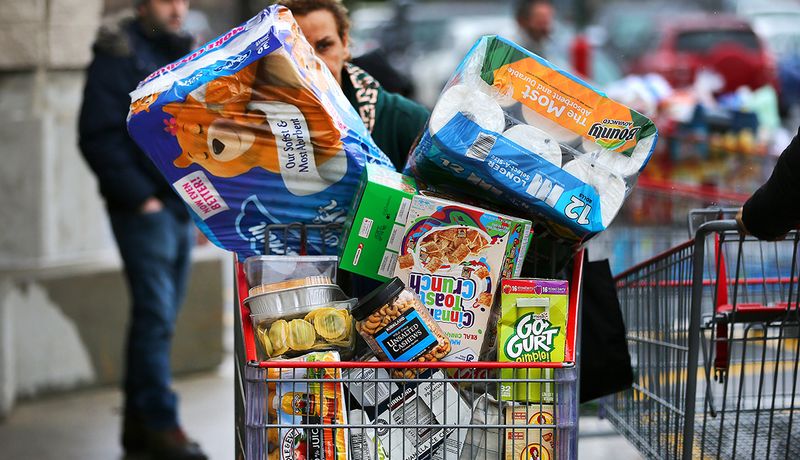
Rice, beans, oats, and flour cost significantly less when purchased in larger quantities. A 5-pound bag of rice might cost just $1-2 more than a 1-pound bag but provides five times the amount. The math speaks for itself!
Invest in airtight containers to keep these bulk items fresh longer. Clear containers also help you see exactly what you have, preventing unnecessary repurchasing. Many bulk foods have a shelf life of 6-12 months when stored properly.
Monthly savings add up quickly – buying just five staples in bulk instead of packaged versions can save you $15-20 per month. Plus, you’ll make fewer trips to the store, saving on gas too.
2. Create a Price Comparison Notebook
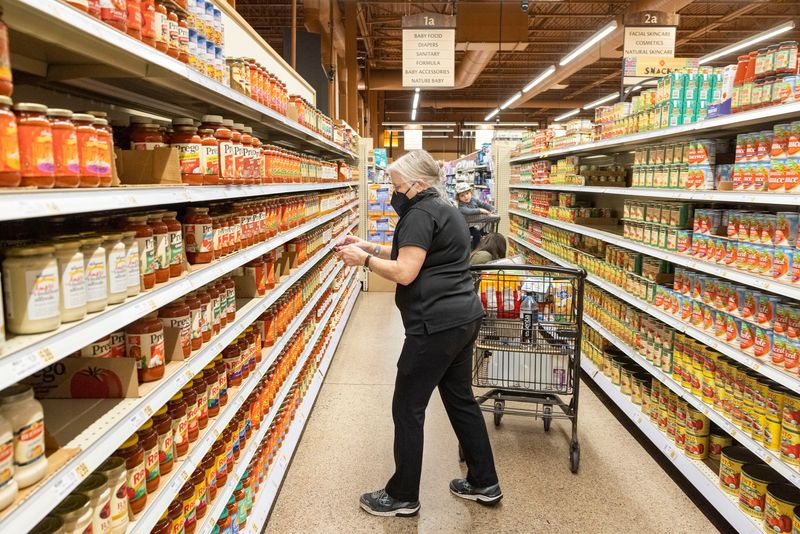
Knowledge is power when hunting for bargains. Start a small notebook or smartphone note dedicated to tracking prices of your most-purchased items across different stores. You’ll quickly spot which store consistently offers better deals on specific products.
Record the regular price, sale price, and price per unit (found on shelf labels). This simple habit reveals surprising patterns – like how Store A might have cheaper produce but Store B wins on canned goods.
Many shoppers report saving $25-30 monthly just by strategic store-hopping for their pantry staples. The initial effort pays off handsomely when you know exactly where to buy each item on your list.
3. Master the Art of Meal Planning

Random grocery shopping leads to wasted food and money. Instead, take 30 minutes weekly to plan meals around what’s already in your pantry. Check what needs using up first, then build meals around those ingredients.
Create a flexible weekly menu and shopping list based on this inventory check. Studies show families who meal plan waste 60% less food than those who don’t. That’s money staying in your wallet!
Bonus tip: Design your meal plan around sales and seasonal items. When tomato sauce goes on sale, plan Italian dishes that week. This strategic approach can easily save $30+ monthly while reducing those frustrating “what’s for dinner?” moments.
4. Switch to Store Brands for Pantry Basics
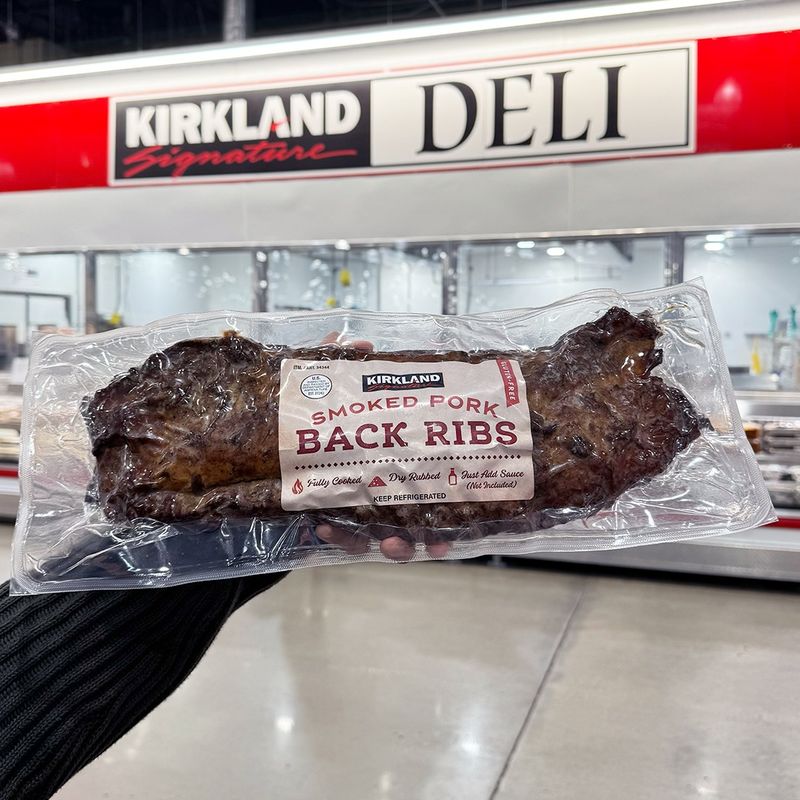
Brand loyalty might be costing you big time! Store brands (also called private labels) typically cost 20-30% less than national brands, yet many are made in the same factories with nearly identical recipes.
Start by switching items where you’re least likely to notice a difference – flour, sugar, salt, canned vegetables, and basic condiments. Keep your favorite brands for items where taste truly matters to your family.
A family spending $400 monthly on groceries could save $40-60 just by making this simple switch for half their purchases. Blind taste tests often show people can’t tell the difference between store and name brands for many pantry staples.
5. Learn the Magic of Pantry Inventory Sheets
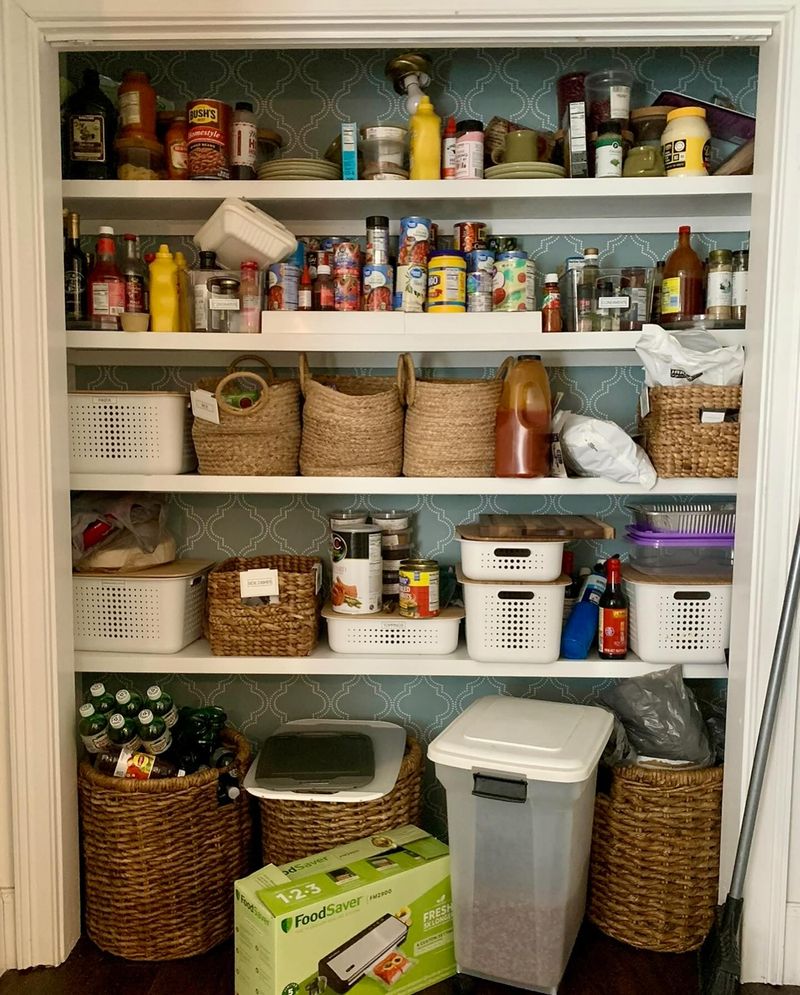
Ever bought something only to discover you already had two at home? A pantry inventory system eliminates this costly mistake. Create a simple checklist of your regular items with columns for quantity, location, and expiration dates.
Update it weekly during meal planning time. Seeing everything at a glance helps you use up items before they expire and prevents duplicate purchases. Some families tape this list inside their pantry door for easy reference.
This system typically saves households $15-20 monthly just by preventing waste and duplicate purchases. Plus, you’ll spend less time rummaging through crowded shelves hunting for that can of beans you swear you bought last month!
6. Embrace Homemade Pantry Mixes
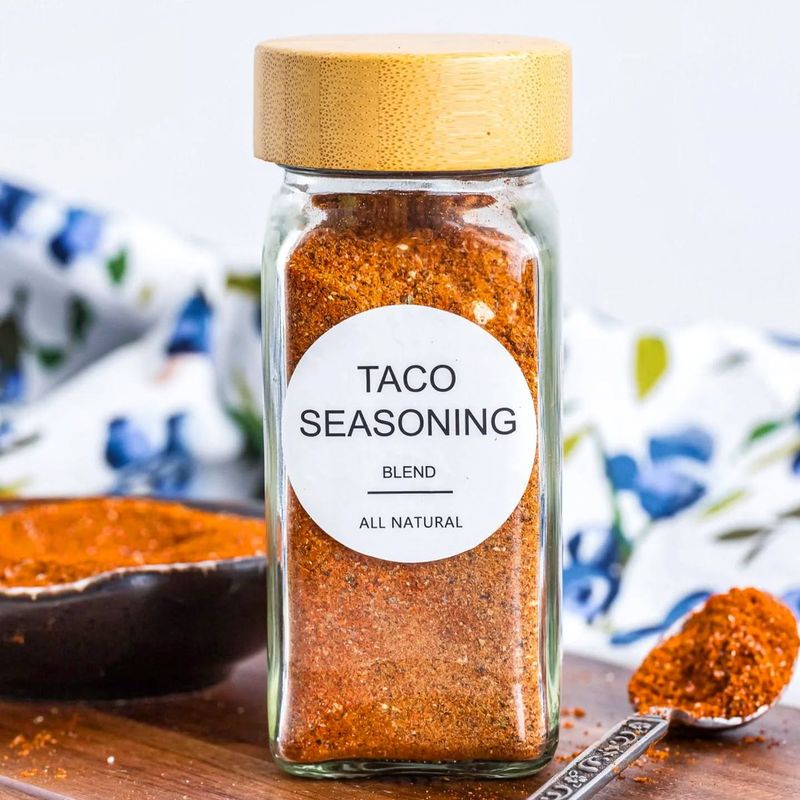
Those convenient pre-packaged mixes come with a hefty markup! Making your own pancake mix, taco seasoning, or salad dressing blends saves serious cash. A $3 packet of taco seasoning contains about 25¢ worth of spices you likely already own.
Dedicate an afternoon to creating several homemade mixes in mason jars. Label with instructions for future use. Pancake mix, brownie mix, and seasoning blends stay fresh for months and are ready when you need them.
A family using 5-6 convenience mixes weekly could save $20-25 monthly with this approach. Added bonus: you control the ingredients, eliminating preservatives and excess sodium found in commercial mixes.
7. Grow Your Own Herb Garden
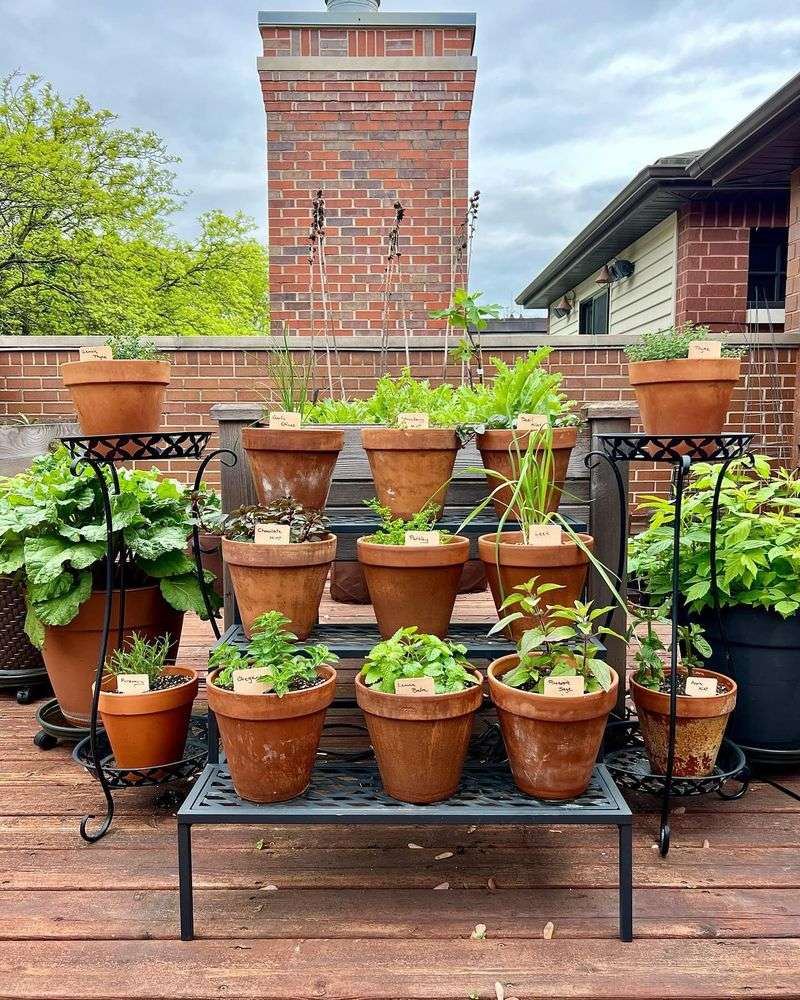
Fresh herbs at the grocery store cost $2-4 per tiny package, but growing your own costs pennies per serving. A sunny windowsill is all you need to grow basil, parsley, chives, and mint – herbs that can elevate simple pantry meals.
Start with seedlings from a garden center for faster results. One $3 basil plant can provide herbs for months, compared to spending $3 every week on packaged herbs. Water them regularly and harvest outer leaves first.
Herb gardeners typically save $10-15 monthly while enjoying fresher flavors. The aromatic plants also bring life to your kitchen, and watching them grow provides surprising satisfaction. Even apartment dwellers can create an impressive herb collection!
8. Rotate Pantry Items Using the FIFO Method
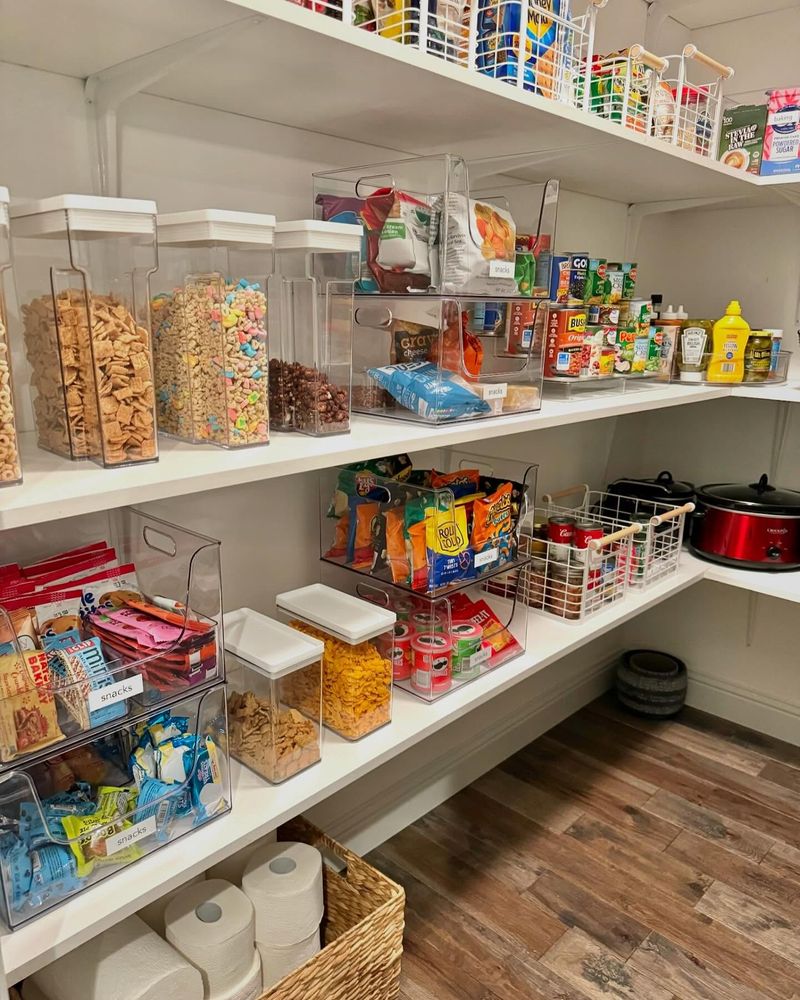
First In, First Out (FIFO) is a game-changer for preventing food waste. When unpacking groceries, place new items behind older ones on shelves. This ensures you use older products before they expire.
Organize shelves by category with oldest items at the front. Some families use a simple marker system – writing purchase dates on cans and packages. The average household throws away $40 worth of expired food monthly!
Implementing FIFO typically saves families $15-20 monthly in prevented waste. This method works especially well for canned goods, boxed items, and anything with an expiration date. Your pantry will stay fresher and more organized as a bonus.
9. Convert Leftovers into Planned-Overs
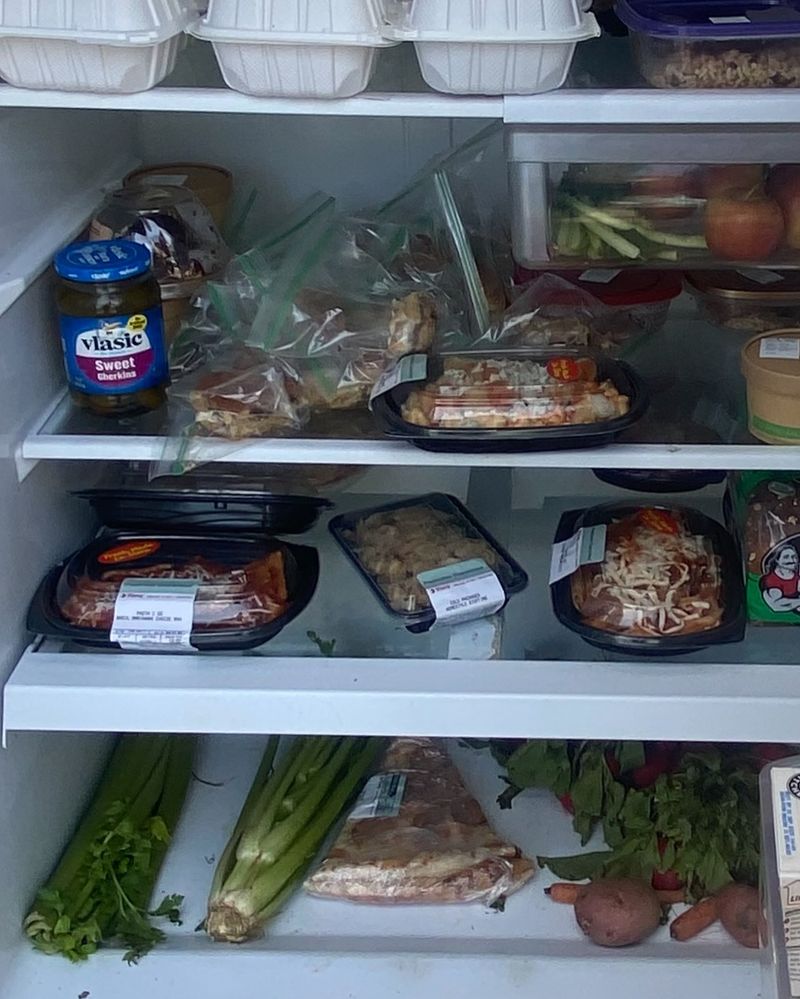
Leftovers have an image problem – they often end up forgotten until they’re science experiments. The solution? Planned-overs! This means intentionally cooking extra portions of base ingredients to repurpose in completely different meals.
Monday’s roast chicken becomes Tuesday’s chicken tacos and Wednesday’s chicken soup. Cook rice once, use it in three different recipes. The secret is transforming the flavor profile each time using different pantry spices and condiments.
Families who master planned-overs typically save $25-35 monthly on groceries and takeout. You’ll also save precious time and energy not cooking from scratch every night. It’s meal prepping without the monotony of eating the same dish repeatedly!
Leave a comment